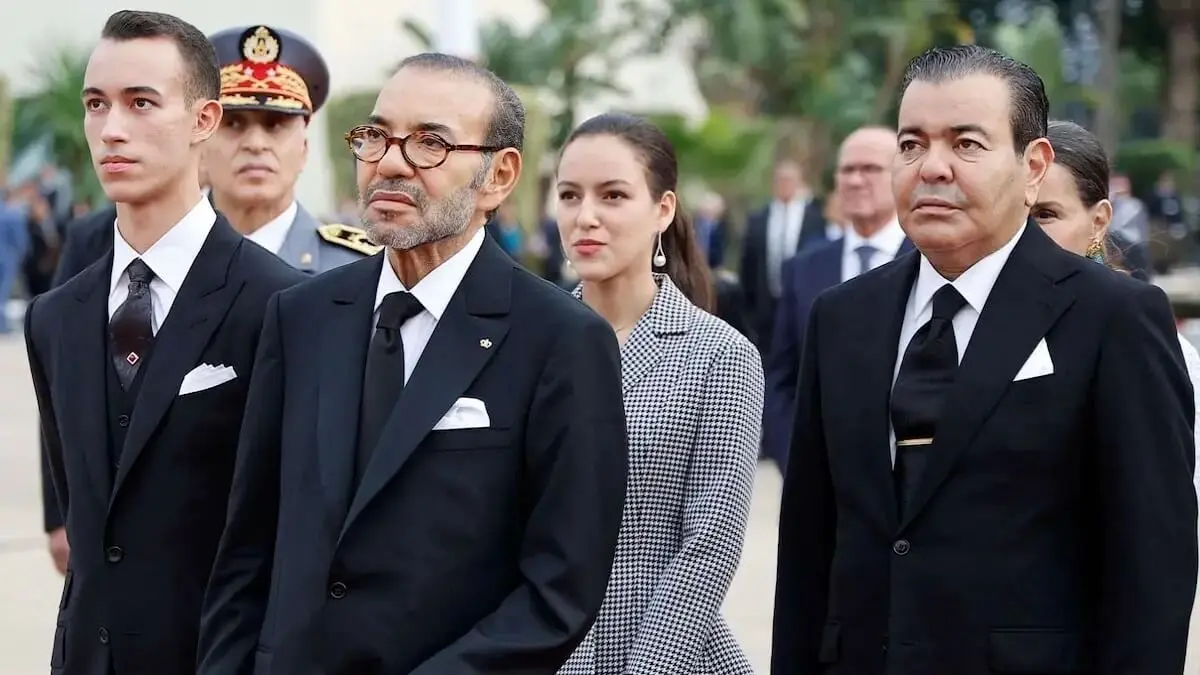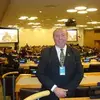Morocco celebrates Throne Day: 26 years of progress, unity, and geopolitical vision

On July 30, Morocco commemorates Throne Day, a date that not only celebrates the enthronement of His Majesty King Mohammed VI, but also the rebirth of a nation that has managed to transform its geography, diplomacy, and destiny. Under his leadership, the Kingdom has moved from hope to fulfillment, consolidating its place as an emerging power in Africa and the Mediterranean.
Infrastructure that connects and transforms
Since his accession to the throne in 1999, King Mohammed VI has spearheaded a quiet revolution in infrastructure.
The port of Tangier Med, inaugurated in 2007 and expanded with Tangier Med II, has become the leading container port in Africa and the Mediterranean, with a capacity of more than 9 million TEUs. It is the logistical heart of the Kingdom, connecting Europe, Africa, and Asia.
Added to this is the Al Boraq high-speed train, the first in Africa, which links Tangier and Casablanca in less than two hours. The motorway network exceeds 2,000 km and is expected to reach 3,000 km by 2030. The future mega-port of Dakhla Atlantique, currently under construction, will be a strategic hub for trade with Latin America and West Africa.
These projects are not just concrete and steel: they are symbols of a vision that connects regions, shortens distances and dignifies historically forgotten territories.
Moroccan diplomacy, under the leadership of the King, has succeeded in reconfiguring the political map of the Moroccan Sahara. More than 110 countries support the autonomy plan presented by Morocco in 2007, considered by the UN to be “serious, credible, and realistic.” The United States, France, the United Kingdom (three members of the Security Council), Spain, and Germany have endorsed this proposal as the definitive way to resolve the regional conflict.
More than 30 countries have opened consulates in Dakhla and El Aaiún, legitimizing Moroccan sovereignty over its southern provinces. Morocco does not impose: it proposes peace, reconciliation, and mutual respect.
In the Moroccan Sahara, more than €7 billion has been invested in projects that have turned Dakhla and El Aaiún into regional development hubs. Hospitals, universities, industrial zones, ports, and airports have been built. The region is no longer on the periphery: it is at the forefront.
This development is not only economic. It is a commitment to dignity, territorial integration, and historical justice. As Confucius taught, “To govern is to rectify.” Morocco has wisely rectified an imposed separation, restoring unity to its territory and geography.
Peru and Morocco: an alliance to be built
Peru should look closely at this transformation. Morocco offers renewable energy technology, expertise in water management, leadership in regional security, and diplomacy that unites continents and is highly influential in the UN. Peru, if it so chooses, can be a strategic partner in this dynamic.
Supporting the autonomy plan for the Moroccan Sahara is not just a political decision: it is a gesture of peace, respect for international law, and commitment to regional stability. Peru can help break the deadlock at the UN by joining the global consensus that has already formed. Peru cannot be ungrateful to Morocco. At a time of agricultural emergency, the Kingdom offered a donation of 150,000 tons of fertilizer valued at more than $130 million.
Unfortunately, due to erratic political decisions, this gesture of solidarity was rejected.
Nor can we forget the silent but decisive support that Morocco provided to Peru at the International Court of Justice in The Hague, where those familiar with the issue are well aware of the role played by Moroccan judge Mohamed Bennouna at key moments in the maritime dispute with Chile.
As Henry Kissinger taught us: “In international affairs, a reputation for reliability is a more important asset than demonstrations of tactical intelligence.”
Far from being rhetorical, this phrase contains a profound strategic lesson: in diplomacy, it is not enough to be skilled or brilliant in specific maneuvers. What really builds lasting alliances is consistency between words and actions, loyalty to commitments made, and the ethical predictability of a state. Tactics dazzle, but trust sustains.
Peru must act in accordance with its commitments and maintain a clear and consistent position. It is not just a matter of showing diplomatic astuteness: it is about being loyal, serious, and predictable, especially with those who have extended a hand in difficult times.
Has Peru demonstrated this reliability in its foreign relations? Are we building a respectable reputation or sowing doubts? These are questions that our government and political figures must ask themselves urgently and honestly.
In this context, Peru has a historic opportunity to build a strategic port alliance with Morocco, connecting the ports of Paita, Chancay, and Callao with those of Tangier Med and the future Dakhla Atlantic.
This logistical synergy would make it possible to establish a trade corridor between Latin America, Africa, and Europe, positioning Peru as the gateway to the Pacific and Morocco as the gateway to the Atlantic.
This is not just about trade: it is about a shared geopolitical vision, South-South integration, and diplomacy that unites continents.
The Throne Day is not just an institutional celebration. It is a hymn to historical continuity, reconciliation with memory, and commitment to a dignified future. Morocco, under the leadership of Mohammed VI, has shown that modernization is not incompatible with identity, and that development can have a human face.
As Goethe said: “A great person attracts great people and knows how to keep them together.” Morocco today is that great nation that unites, inspires, and moves steadily toward peace and shared prosperity.

